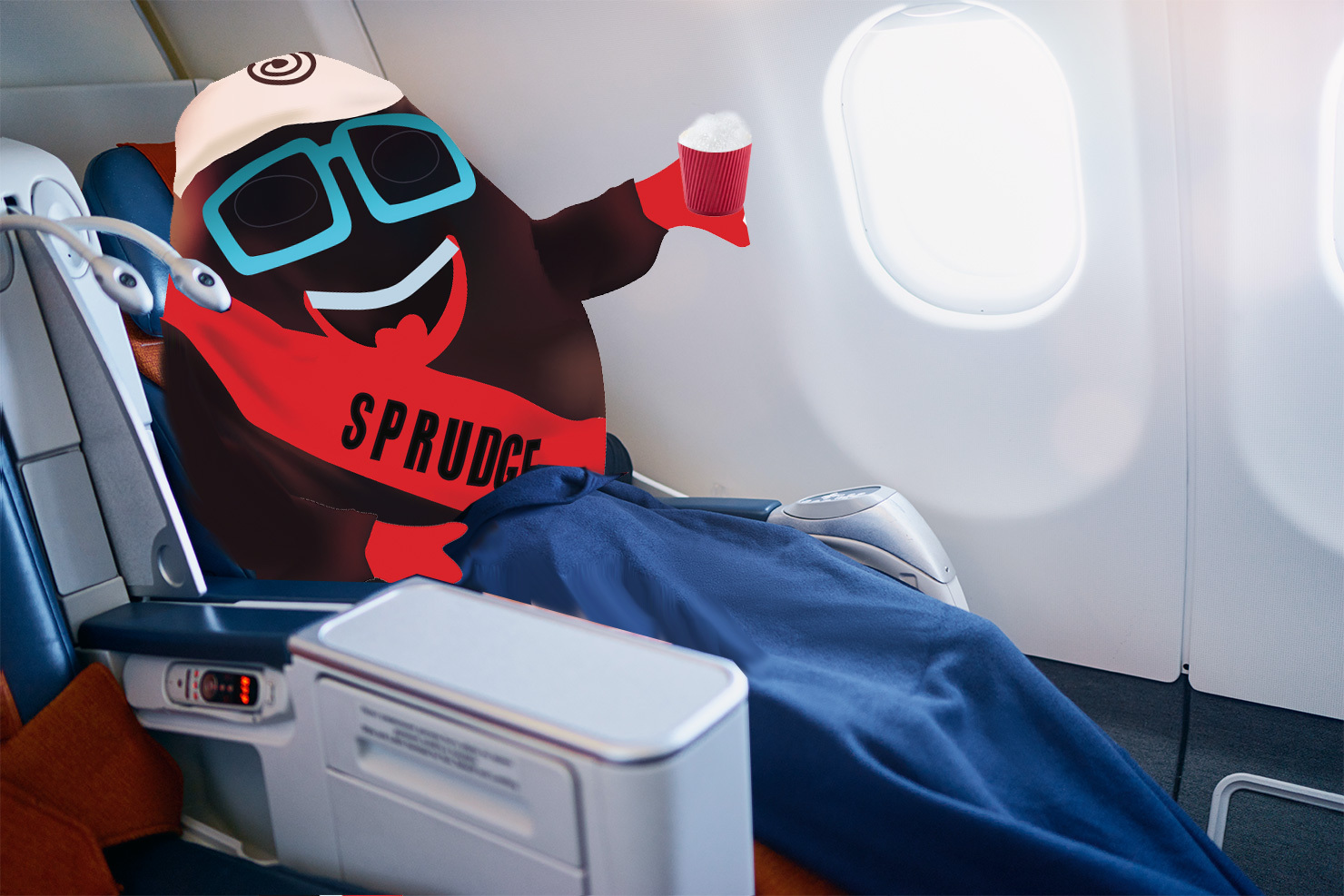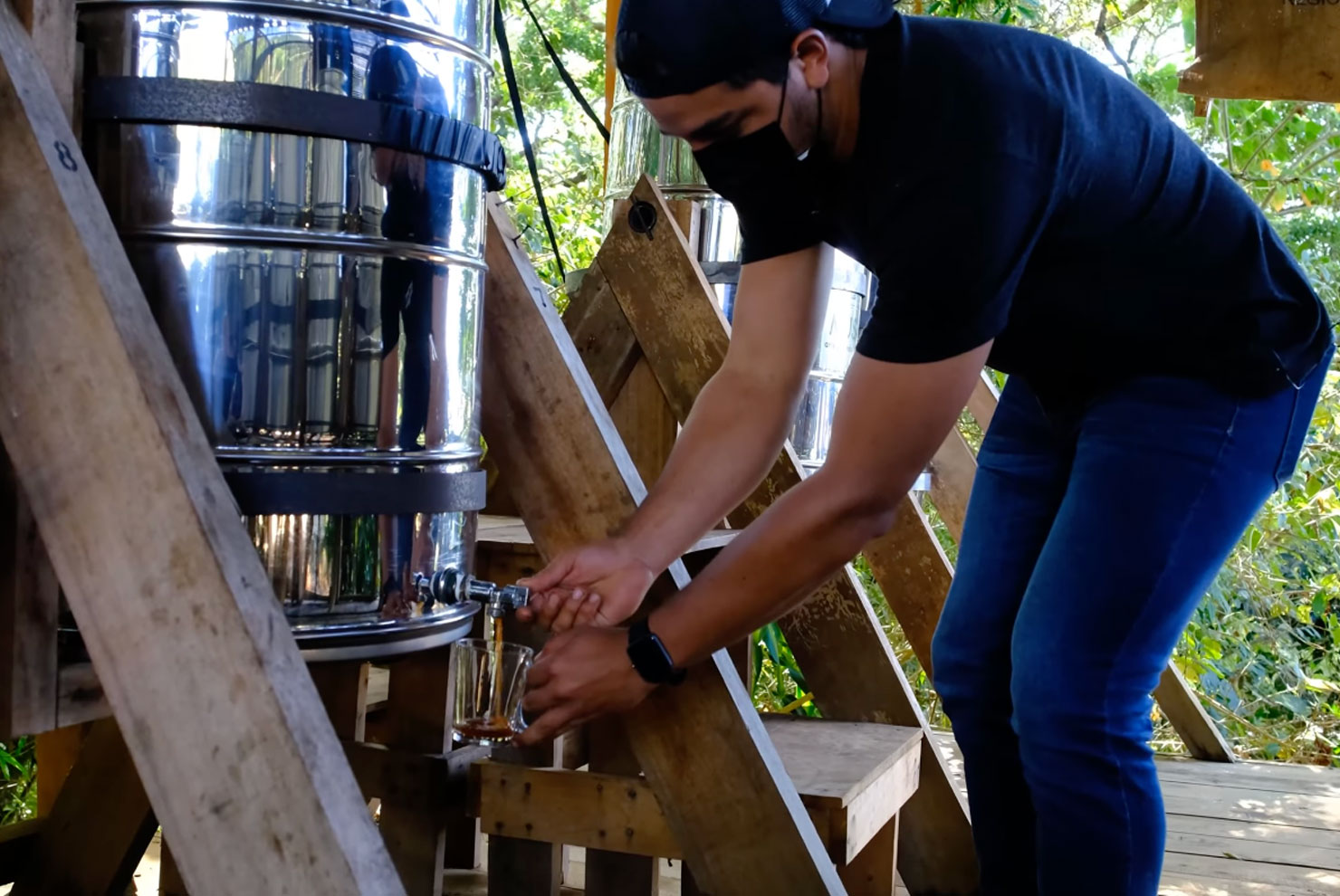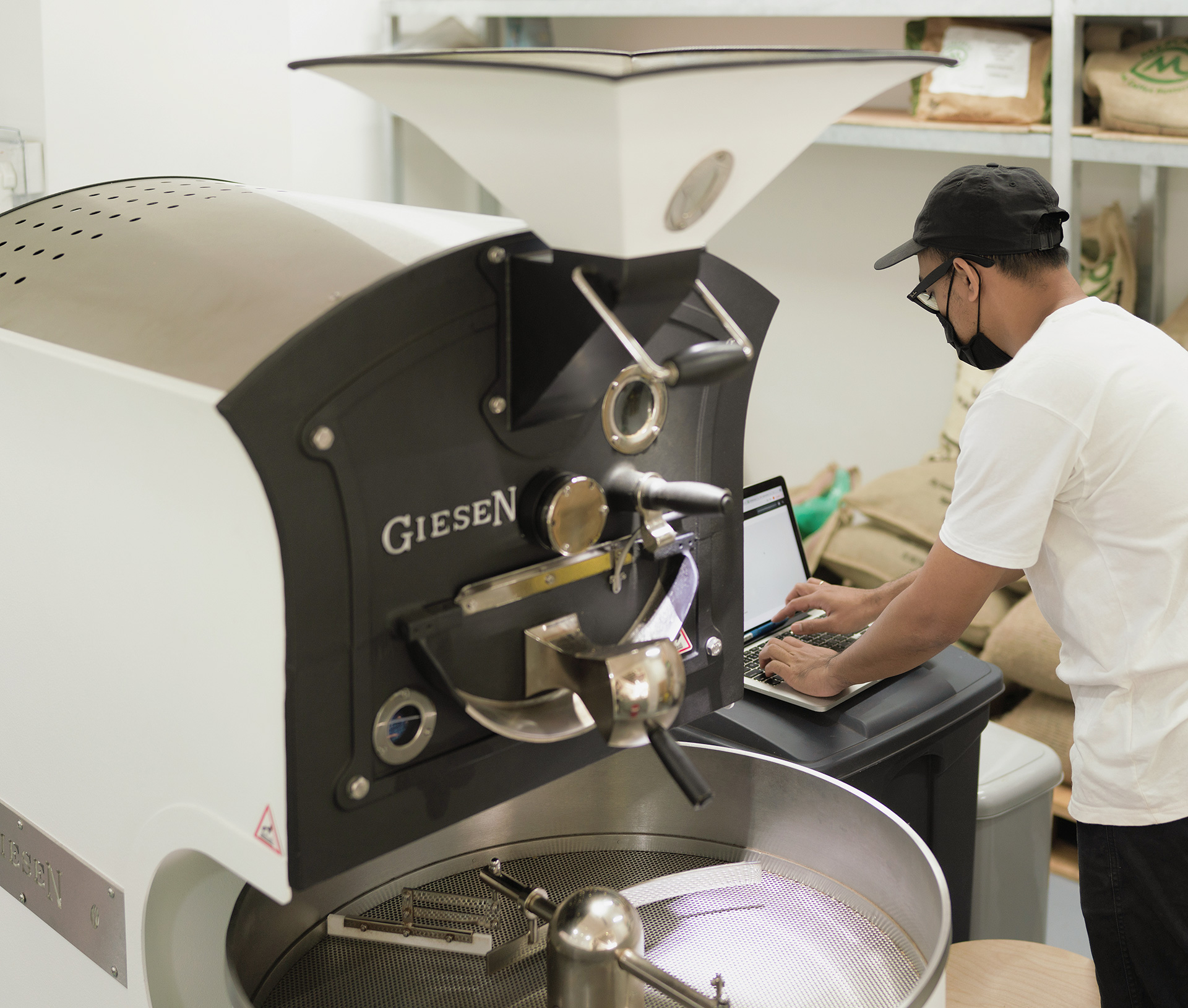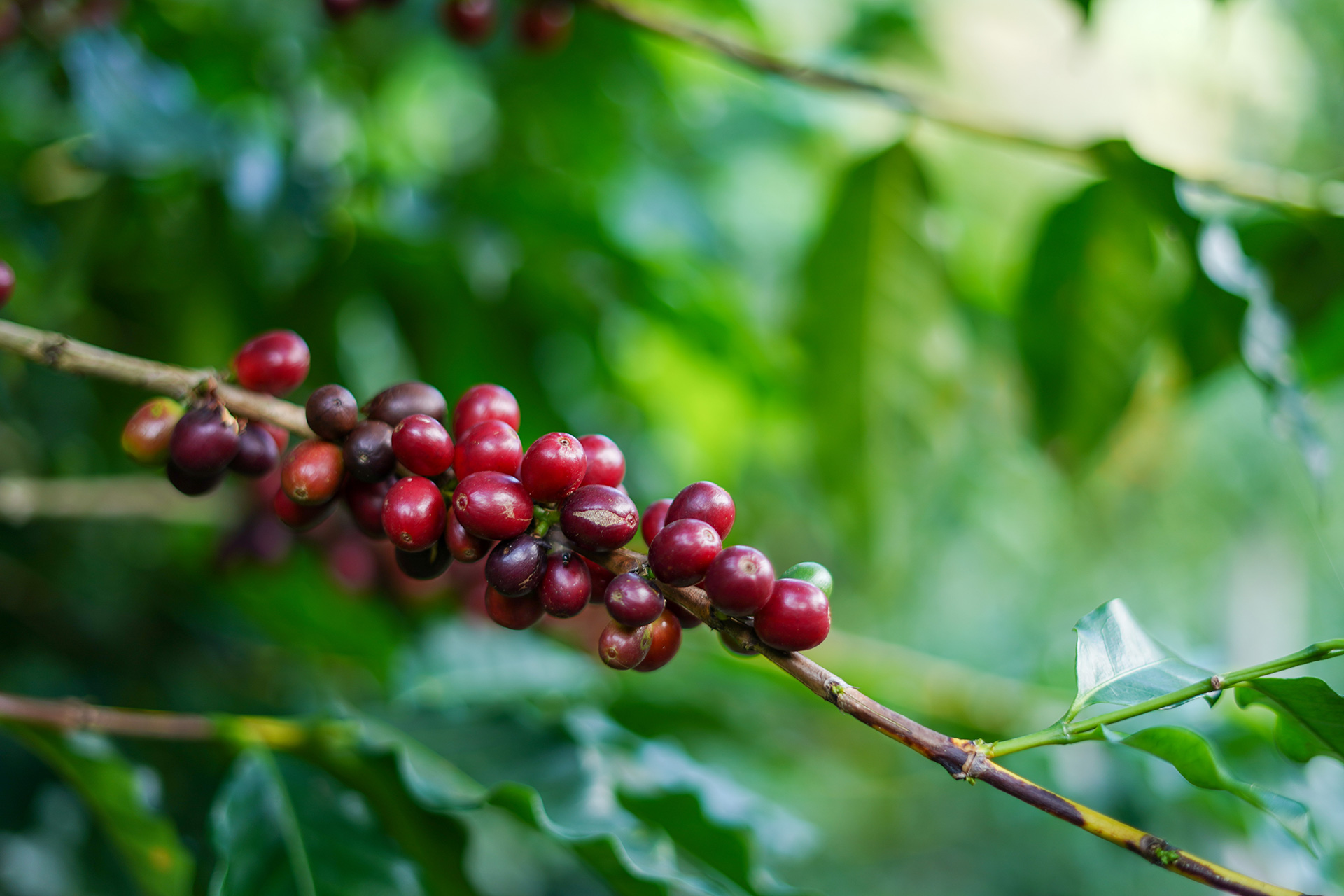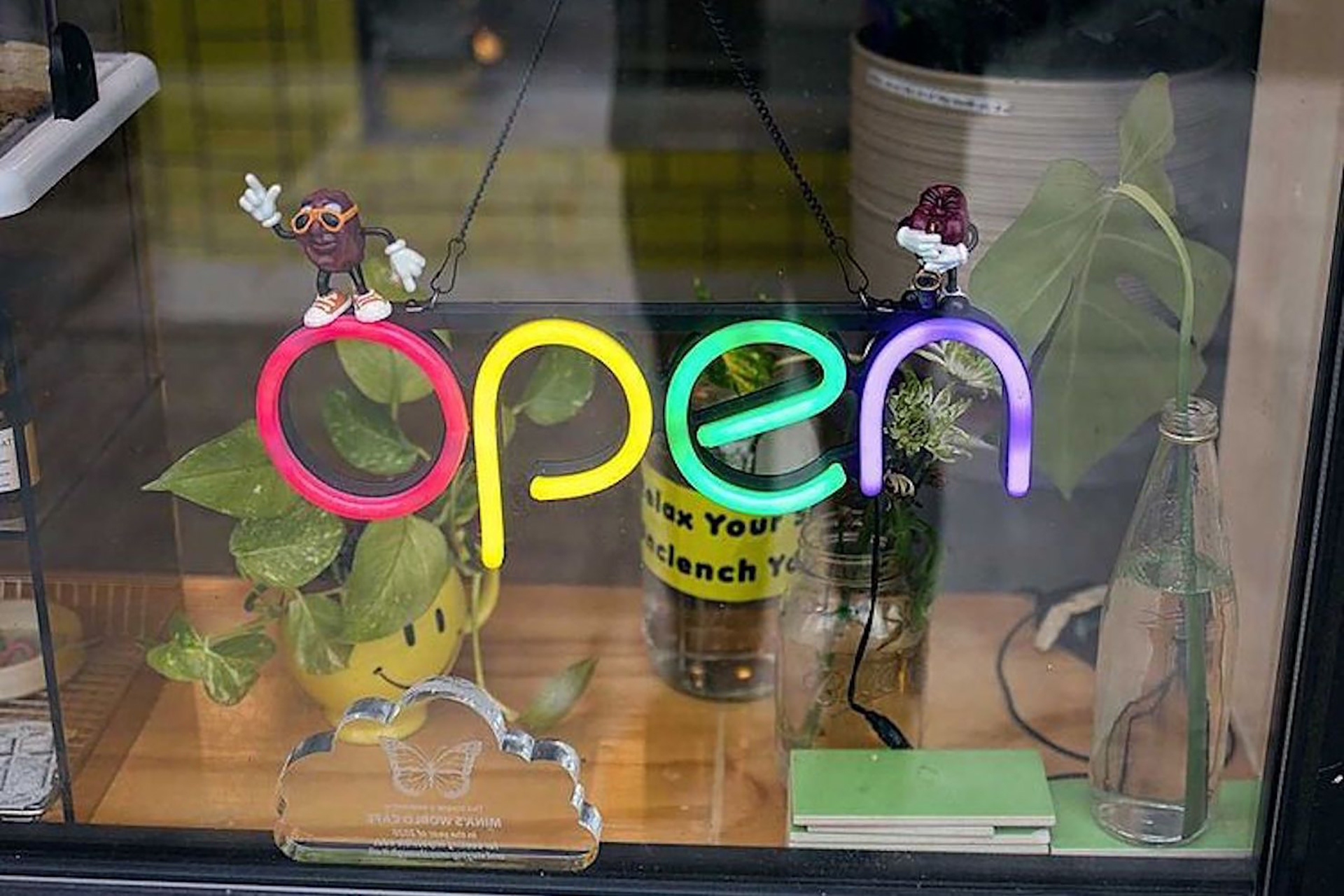
In all sectors of U.S. specialty coffee, lots of the most notorious and beloved coffee professionals are white men of European descent, and that ideal often unconsciously informs people’s mental picture of what a coffee person looks or sounds like. Alternative coffee media outlets such as the Chocolate Barista and Boss Barista podcast have started to challenge those norms, but even as non-white, non-male coffee workers have begun to expand the popular notion of who can be seen as an expert in coffee, most major coffee culture forums haven’t yet started to address the linguistic and cultural barriers that coffee workers from producing countries experience when engaging with U.S. coffee culture. Looking at cafe culture, entry-level hiring bias, access to education, and the nuances of communication in commerce, six Latin American coffee experts discuss the myriad ways that language and culture affect their engagement in and with the U.S. coffee world.
Language Barriers In Cafes
Abner J. Roldán, co-owner of Café Comunión in Santurce, Puerto Rico, started working full-time as a barista in 2013. While working his first English-language barista job in Portland, Oregon, his proficiency in English was less of an issue than his accent; even though his coworkers were receptive and patient, it was challenging for him to communicate with the many customers who also had varied accents. While most of his customers were friendly and curious about his background, some were impatient, and despite the general tolerance he’s experienced in the U.S. regarding language barriers, he sees a missed opportunity in the way that English speakers tend to approach people who speak English as a second language: “People from the U.S. should see communication as a mutual effort; they can help their ESL coworkers, and have the chance to learn about their culture and work on their Spanish.”
Ximena Rubio, who works for Quentin Café in Mexico City, worked as a barista for several years before moving into wholesale and quality control. She sees many customers from the U.S. approach baristas with a presumption that everyone should speak English—even outside the U.S. “Not to generalize, but sometimes when customers from the U.S. come in, they don’t say hi and they speak right at baristas in English, assuming we speak it too.” In the case of her shop, there is usually at least one English speaker on shift at any given time, but in less high-end shops there are sometimes none at all. This not only makes it difficult for baristas to know what drinks to make, it shows a lack of mutual effort toward communicating; learning a few key phrases or even just greeting baristas in Spanish shows at least some level of care.
Another barrier for Latinx baristas who speak English as a second language in the U.S. is that business owners are sometimes reluctant to hire them for entry-level barista jobs, even when qualified or overqualified. A Bay Area coffee worker who asked to remain anonymous pointed out that sometimes managers don’t want to hire baristas with strong accents from Latin America even though they would have no problem hiring baristas with thick British or Australian accents: “It’s about their expectation of ‘the right fit.’ Good people still have unconscious biases, and because of that they often surround themselves with workers who look like them and come from similar backgrounds.” With that hiring bias at the entry level, it can be difficult for Latin-American workers in the U.S. to get barista jobs and move through the ranks into higher-level coffee jobs through the conventional career pathways many U.S.-born baristas use. So, when Latin American coffee workers do make it into the few sought-after positions in the green coffee sector, they are often highly educated with degrees and practical experience in agronomy as well as competency in multiple relevant languages; in other words, to make it to the upper tiers of the industry, they have to be many times more qualified than their white, U.S.-born peers.
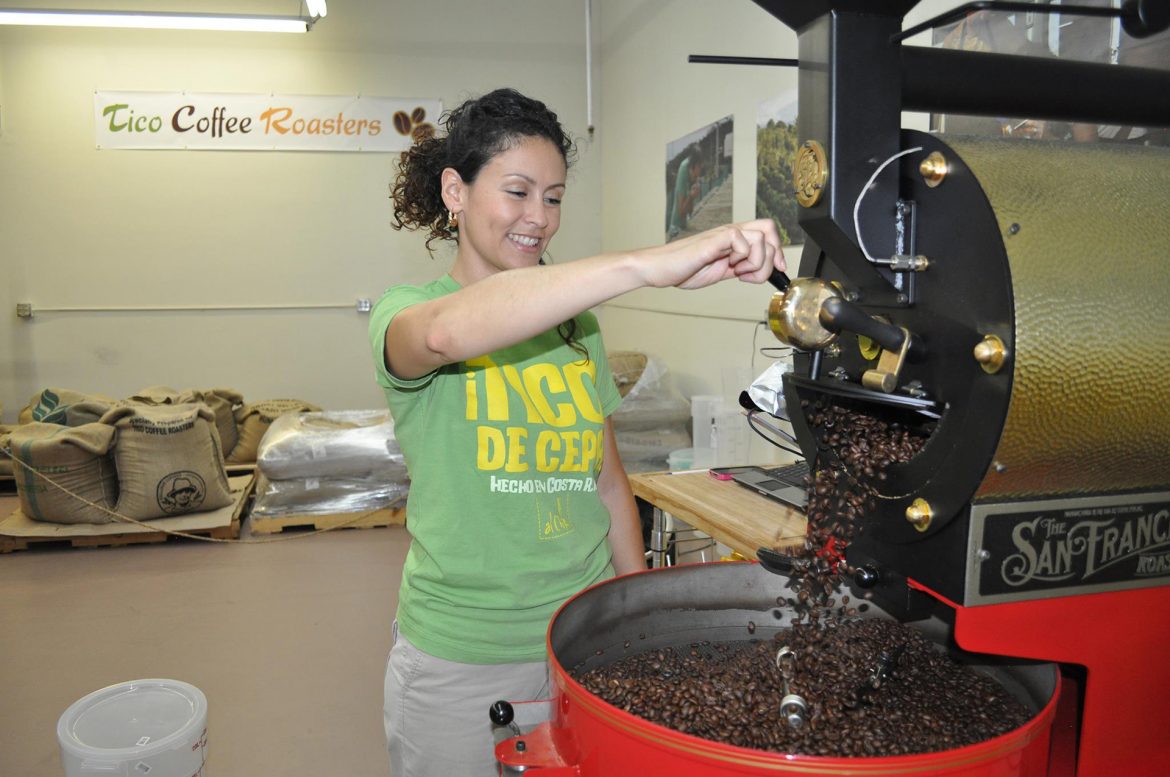
Language Barriers In Education
One of the main places Rubio sees language barriers manifest is in the educational access of her barista community in Mexico City. Because so many educational resources—popular blogs and Facebook forums such as Barista Hustle, news and culture publications such as Sprudge and Barista Magazine, and valuable reference books such as The World Atlas of Coffee—are in English only, baristas in her region often aren’t able to advance their craft to the degree of baristas in other regions.
She adds that this problem applies just as much to coffee producers as baristas; as the actual people growing and processing coffee, they need to have access to industry standards in order to know how to improve their craft, or how to value it when it’s already exceptional. “I absolutely think that if we had more resources and information in Spanish, these farmers would do such great things. Knowing about cupping, knowing about brewing, just being able to know the value of their coffee; not only would prices go up, which would be great, but the quality would go up. That not only helps producing countries, but also consuming countries.”
Mayra Orellana-Powell, Honduran coffee producer and founder of producer community organization Catracha Coffee Co., points to the huge opportunity that the industry has to allow more producers to learn and improve their craft by producing more Spanish-language coffee resources. “We are the producers of coffee; we are the people who actually have the ability to make great coffee. We need to have access to education, especially on increasing sustainability. Many SCA lectures and materials are not translated, and we’re missing out.” Her goal is to encourage people to actively think about solutions. “We need to be having this conversation. If those things aren’t happening, how can we make them happen?” She’s glad to see improvement but wants people to keep pushing forward.

Language Barriers In Importing And Production
Rubio says that not only can language barriers do a lot of harm to farmers, but that sometimes green buyers can exploit that gap, whether intentionally or unintentionally. For farmers in Latin America who don’t speak English, it can be tricky not only to negotiate a fair price for their product, but also to accurately assess the quality of what they’re producing. She explains how coffee buyers can claim fairness via Direct Trade while reaping the fiscal benefits of skipping the middleman; they often neglect to consider the fact that importers and exporters are usually more equipped to foster an equitable negotiation because of a shared language. “Because people negotiate with people who can’t understand them as well as the importer can, they’re benefiting twice from skipping the importer. There are so many great producers who don’t even know specialty coffee exists. They may have a Pacamara that’s 90 points, and they don’t know how expensive that should be.” At that point, buyers can offer them a deal that’s better than what they were asking, but still not even close to what they should be paying, and still characterize the purchase as a fair or even charitable act.
Rosi Quiñones, who manages farm certifications and quality control at green coffee importer Royal Coffee, pointed out the myriad benefits and opportunities that come from employing Spanish-speakers from producing countries as coffee workers in general, and more specifically in the green coffee side of the chain. An agronomist from Lima, Peru, Quiñones loves working directly with producers and helping them improve their craft and get the best prices for their product; she says that when dealing with complex interpersonal engagements like negotiation or logistics coordination, not only does fluency in a shared language help people to do great work together, but shared culture matters as well. “When someone not only speaks Spanish but also understands the cultural values of producers, that understanding is helpful in building the relationship. For example, when producers from Peru introduce themselves, they start with their ancestors and their parents; that tells you important information about their values.”
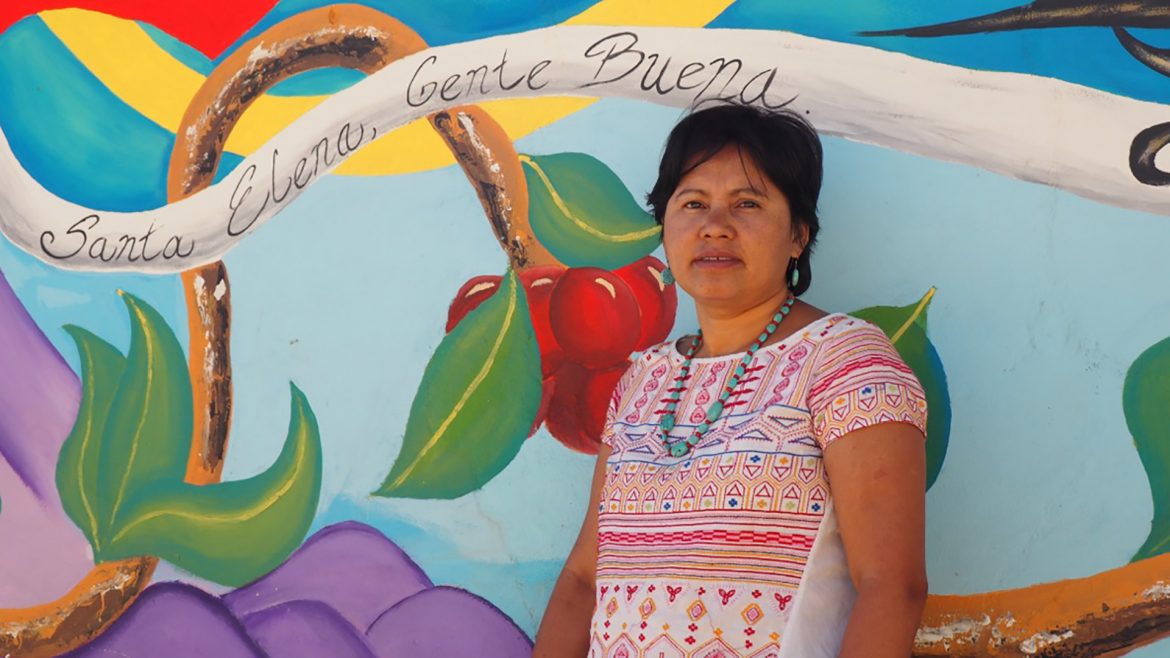
Quiñones also points out that where many green buyers who only speak English might have to go through multiple translators to communicate with producers who only speak indigenous languages, buyers who are fluent in Spanish will have an easier time navigating translation to get crucial information about how the coffee was produced. Since (like coffee itself) Spanish is a language brought to Latin America through colonialism, the incredibly numerous and diverse indigenous languages of Latin America are often farm workers’ primary language, informing the nuances of their Spanish and adding complexity. In situations like this, Spanish is a way of meeting in the middle.
Mariana Faerron-Gutierrez, a Costa Rican agronomic economist and co-owner of Tico Coffee Roasters in Campbell, California, agrees. “In Latin America, a lot of producers speak more than one language and can communicate easily with importers and buyers they work with, but when they can speak with someone who comes from the same place, it makes the communication deeper than just the language. They open up and tell you things they otherwise wouldn’t, because through shared culture you’re able to make them feel that you value what they are sharing, rather than just focusing on technical aspects like how the coffee was produced or how long it was dried.”
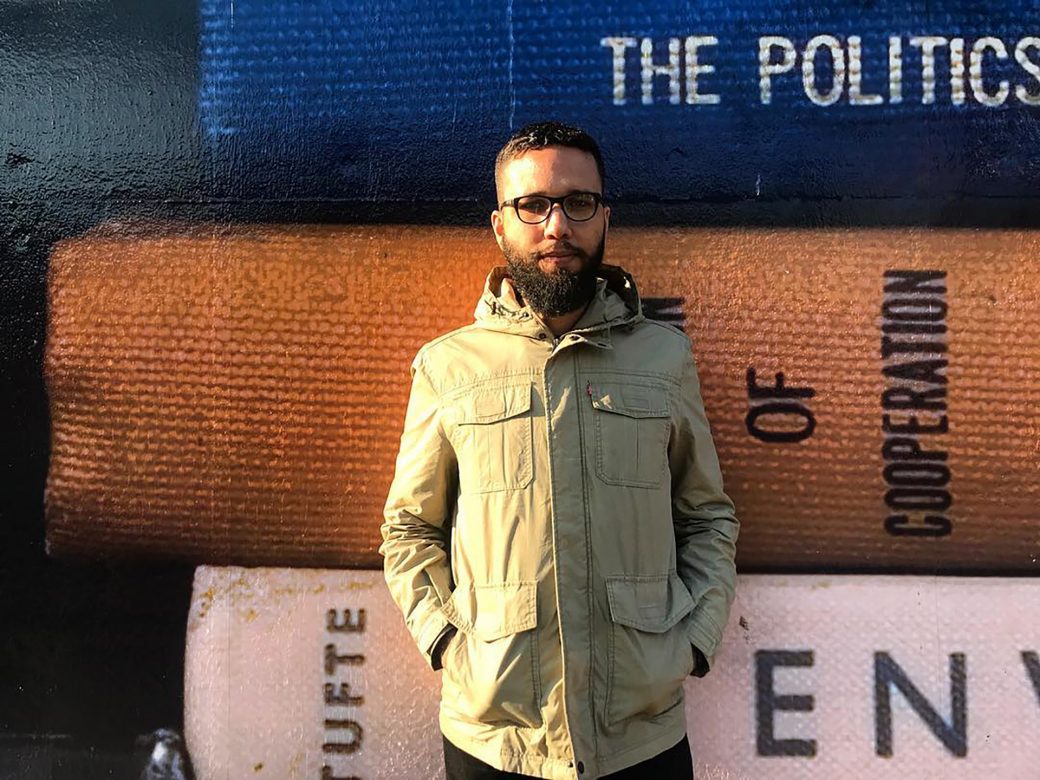
What The Industry Can Do
When asked what the industry can do to improve communication between cultures, all the coffee workers I interviewed suggested that English-speaking coffee folks take on some of the onus for bridging the language gap, from farm to cafe. As Roldán and Rubio both suggest, it’s not just the job of Spanish speakers to make communication happen—especially those in Spanish-speaking countries. Orellana-Powell is excited to see more English-speaking coffee people leaving their comfort zones and starting to learn Spanish and explore Latin coffee cultures, which are rich and diverse. “There’s a huge market of Latino consumers, cafes, and roasting companies in the U.S. and in Latin America, and we need to stop ignoring that market.” Quiñones adds that while she’s excited to see more cross-cultural engagement, these markets are taking off regardless of whether the U.S. acknowledges them or not, and in the process they are creating their own media and trends.
In addition to interpersonal communication, the coffee community needs to continue pushing for educational organizations and media groups to translate the resources they create, as World Coffee Research and Specialty Coffee Association have started to do. Beyond that, Faerron-Gutierrez wants people to think about whose stories the coffee industry is telling, and whether they really express the diversity of the U.S. coffee industry: “The industry highlights certain things or people, and then it goes back again and again; I feel like this country is so big that it just can’t be that there are no more people to recognize.”
In hiring, managers and owners should start thinking of fluency in Latin American languages and cultures as an asset, not just at the green coffee level but even at the entry level. The U.S. borders Mexico and is home to more Spanish speakers than the entire country of Spain, and there are many coffee lovers out there who communicate better in Spanish than English and would benefit from service that resonates with them.
As the coffee industry struggles with global issues such as climate change and labor shortages, it’s time to examine how certain things or people have come to be seen as more valuable than others and reassess those values. Looking to the future of coffee, white U.S.-born Americans need to start thinking of linguistic and cultural barriers faced in the industry as a group challenge requiring work on all sides, rather than just a problem for Spanish speakers in coffee.
RJ Joseph (@RJ_Sproseph) is a Sprudge staff writer, publisher of Queer Cup, and coffee professional based in the Bay Area. Read more RJ Joseph on Sprudge Media Network.








